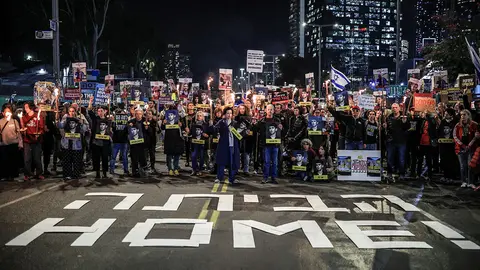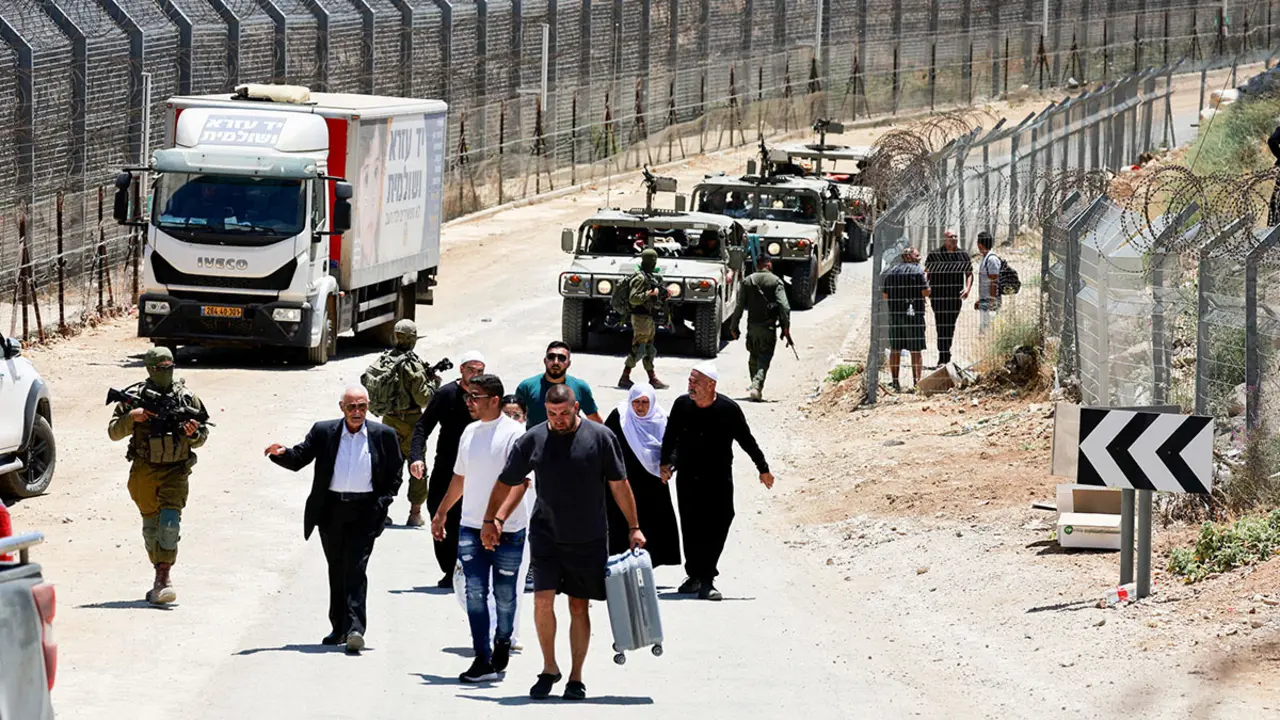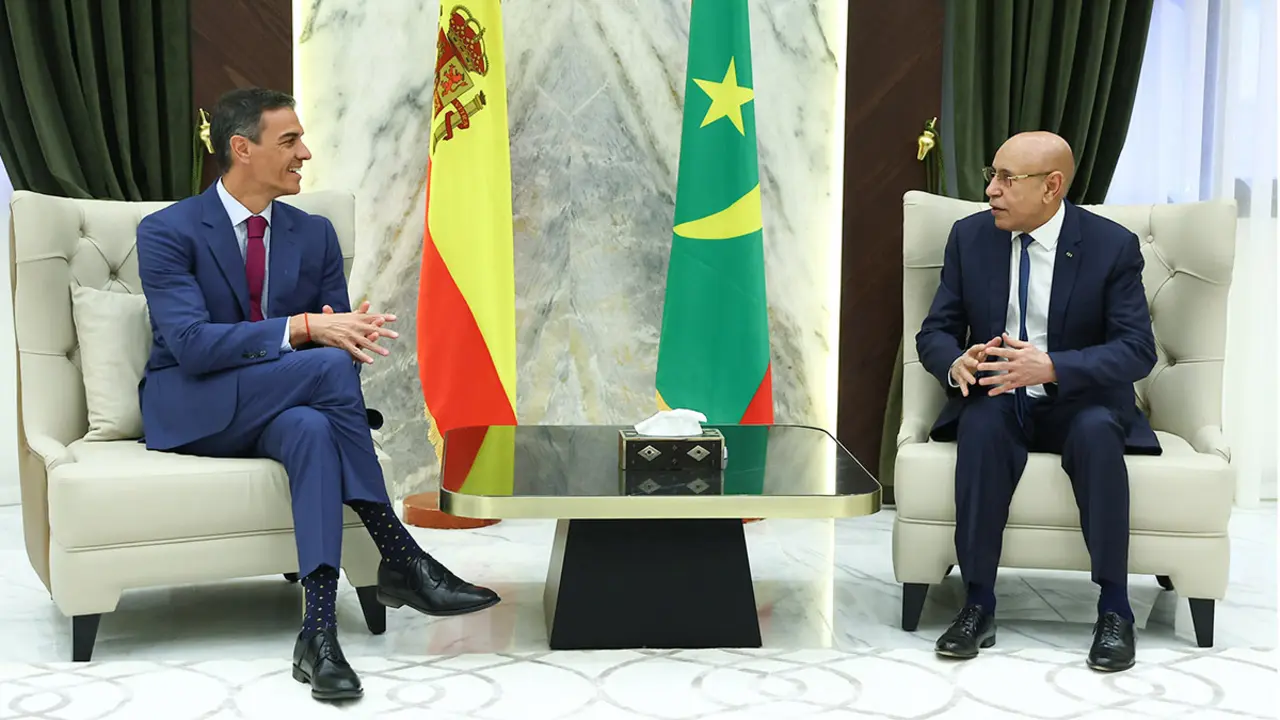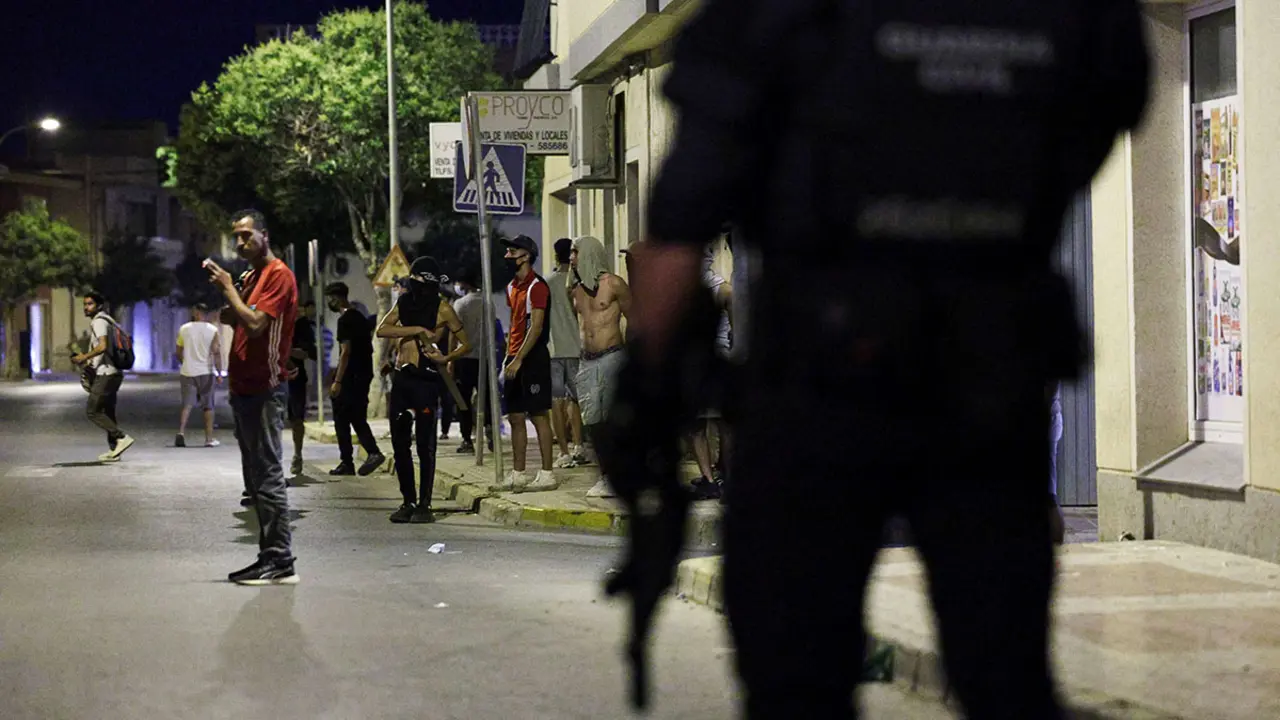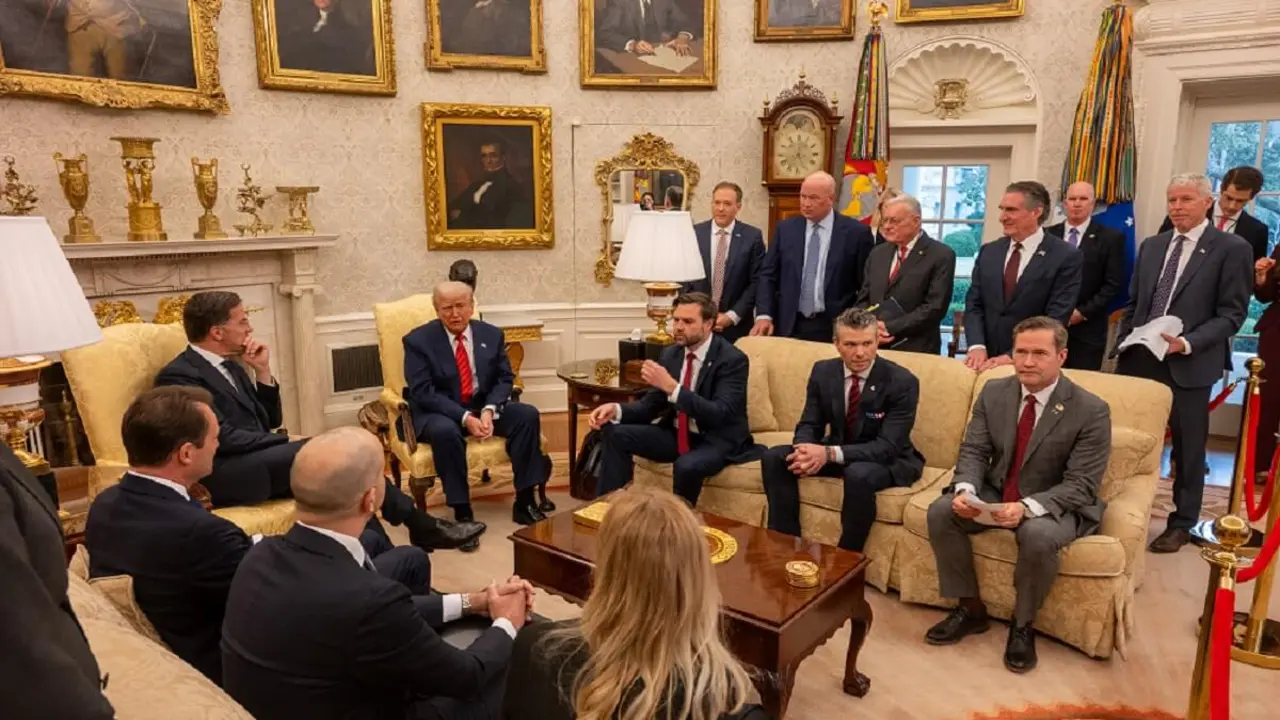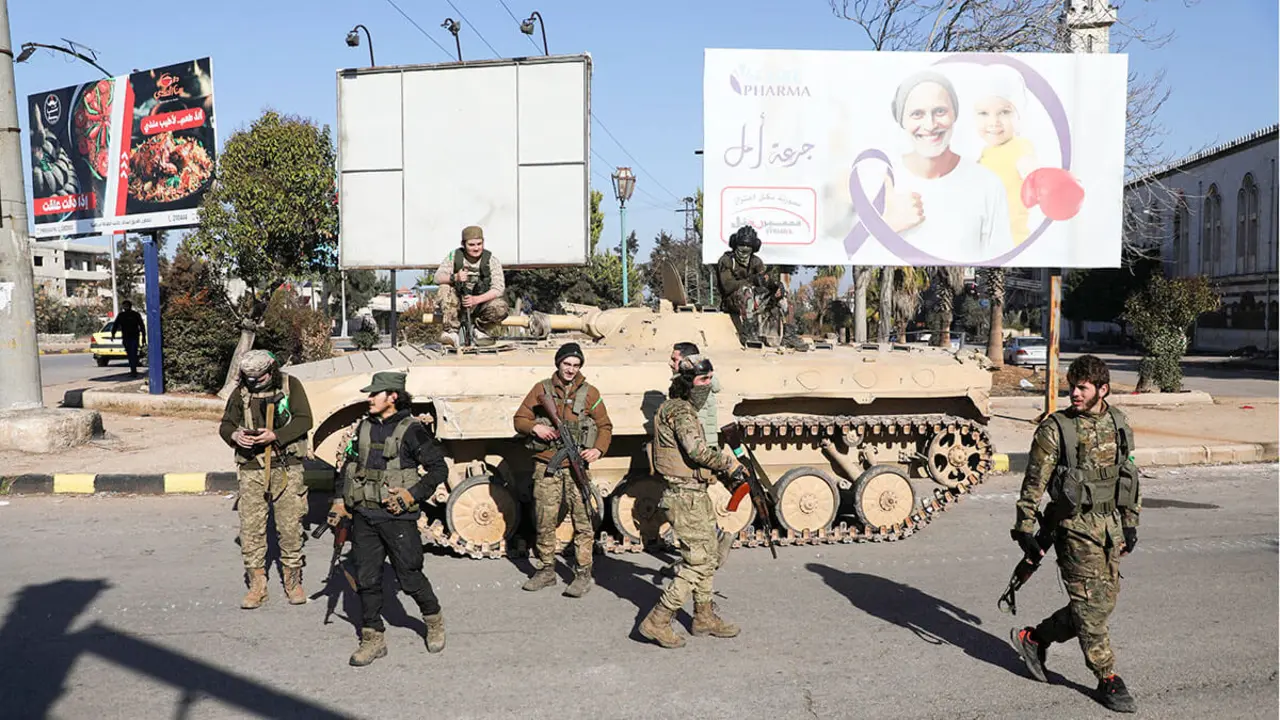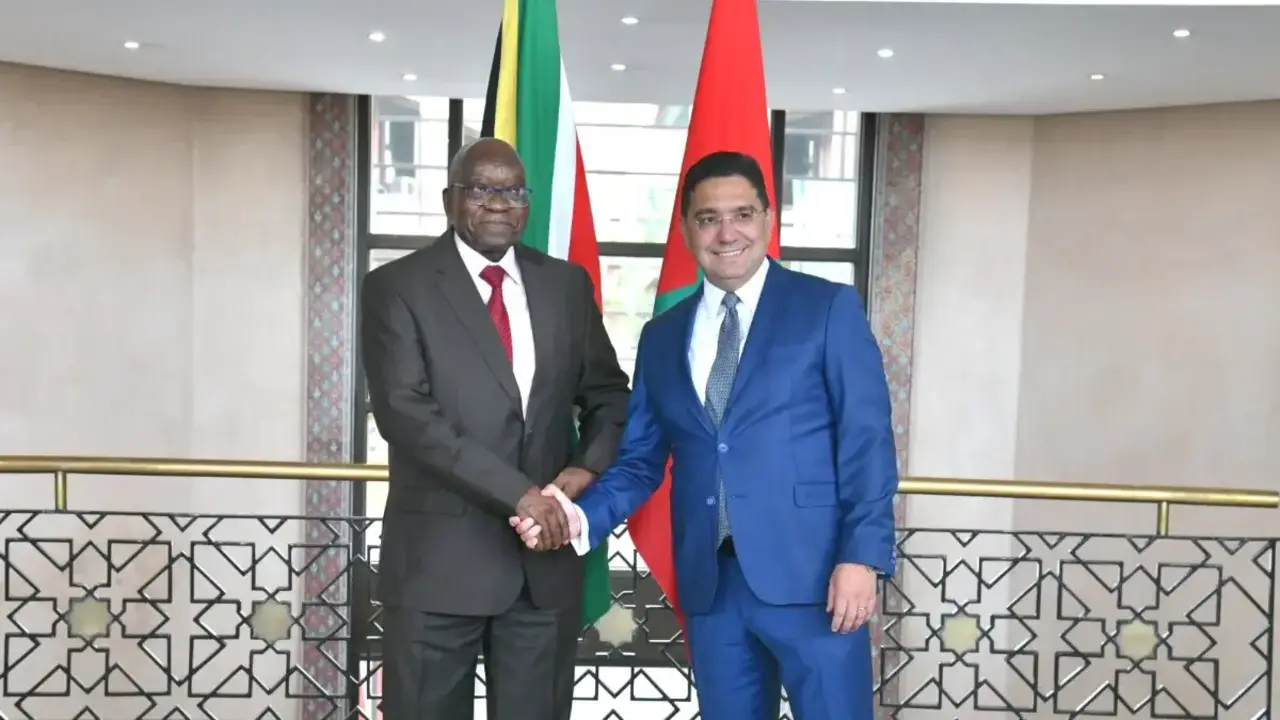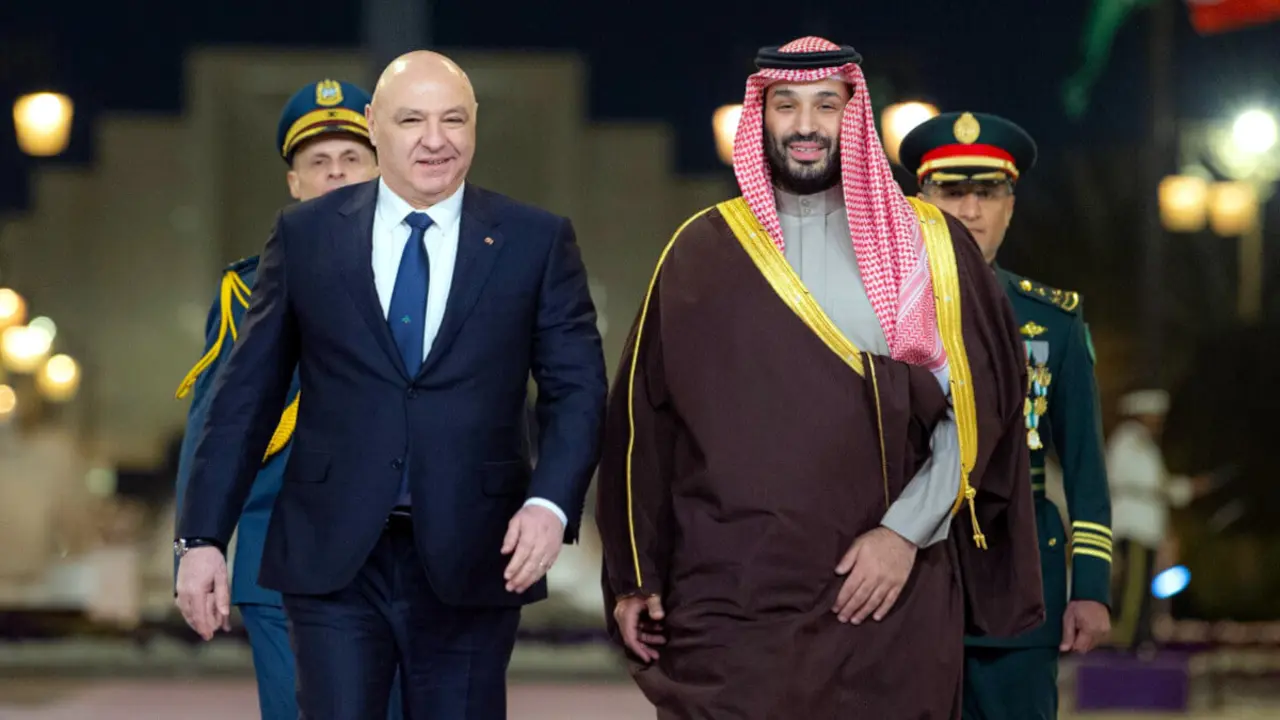Hopes grow for Gaza ceasefire deal and hostage release
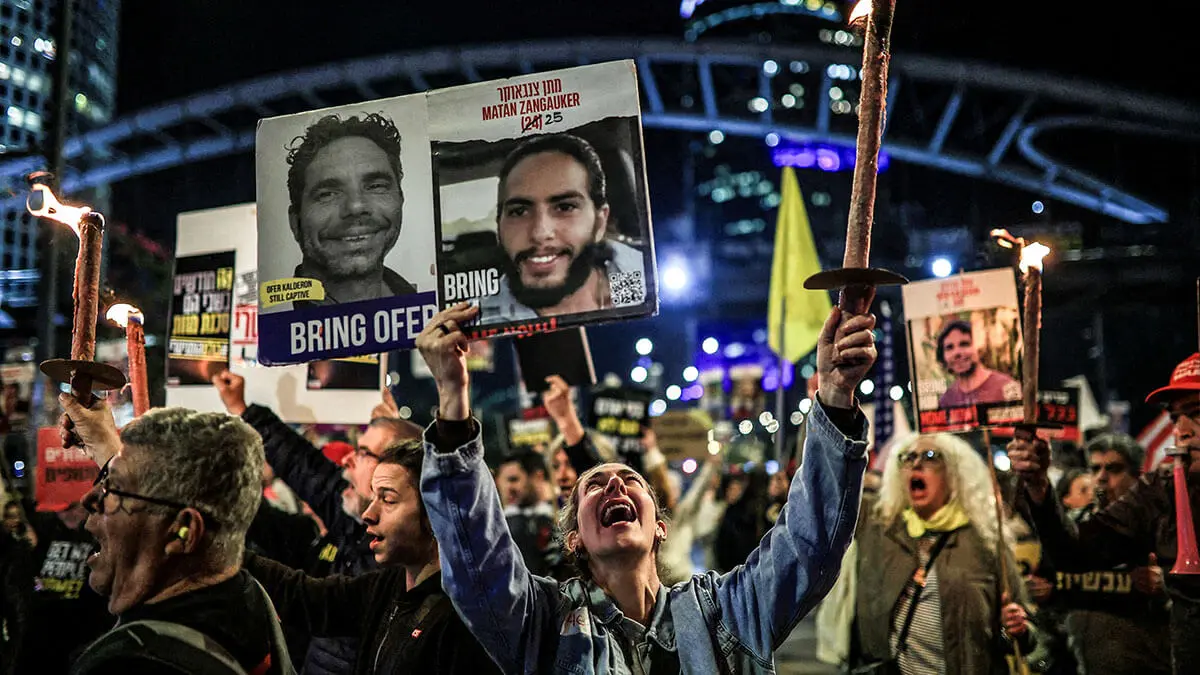
After more than 15 months of war, Israel and Hamas are close to reaching a ceasefire agreement in the Gaza Strip, which would include the release of hostages.
In the words of US Secretary of State Antony Blinken, the agreement is ‘closer than ever’, although the final word from Hamas is still awaited. Blinken suggested that Israel had already given its approval, while the terrorist group told Reuters that it had not yet submitted its response, as it was waiting for Israel to present maps showing how its forces would withdraw from Gaza.
However, a source close to the negotiations told The New York Times that both Israel and Hamas had reached an agreement and that both appeared ready to accept it publicly in the very near future.
The agreement, which has more than 100 paragraphs, includes demands on the exchange of Palestinian prisoners for Israeli hostages, as well as specific movements of the Israel Defense Forces as they withdraw from their positions in Gaza.
During the first phase of the proposed ceasefire - which would last about six weeks - Hamas would release 33 hostages, most of whom are believed to be alive. In return, Israel would be willing to release hundreds of Palestinian prisoners, although the number will depend on how many hostages are still alive, as the group has not provided information on the status of the hostages.
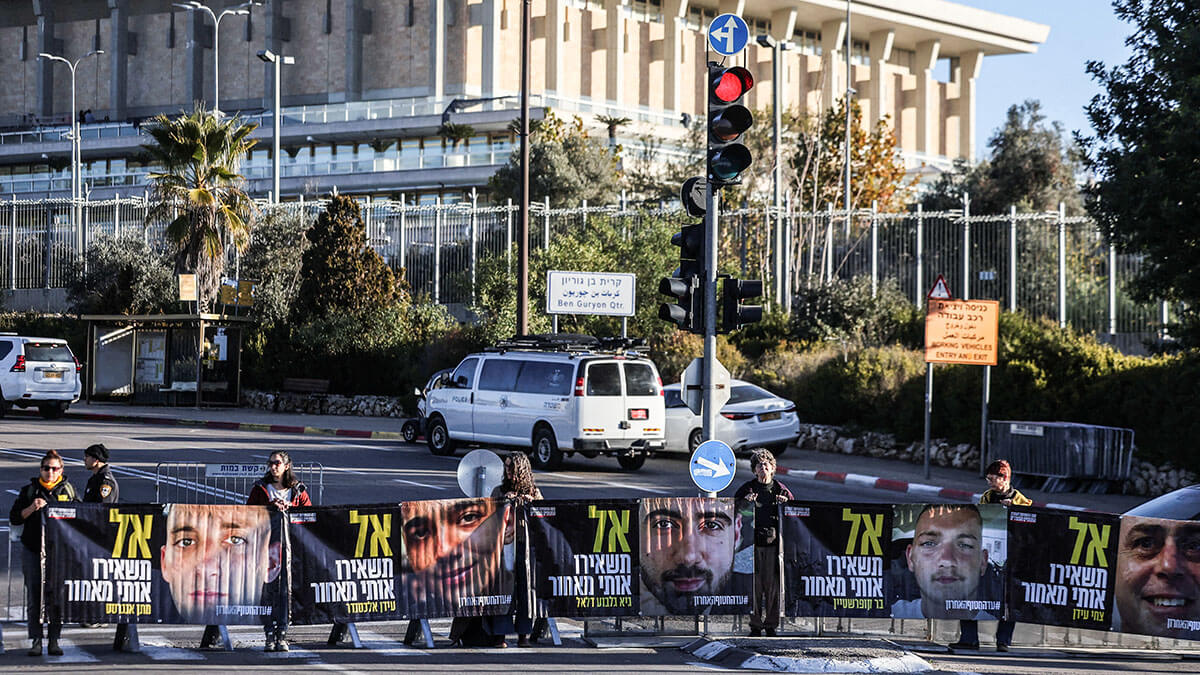
The IDF will remain in the buffer zone of the Gaza Strip, maintain positions in the Philadelphi Corridor - the border between Egypt and Gaza - and evacuate the Netzarim Corridor while activating a screening mechanism for Gazans wishing to return to the north of the enclave. The deal would also increase the amount of humanitarian aid entering Gaza, according to AP, which has access to a copy of the draft agreement.
The deal is expected to include the release of the five girls abducted by Hamas from the Nahal Oz base during the first phase. Each would be exchanged for 50 Palestinian prisoners, including 30 convicted militants serving life sentences.
Negotiations to reach the second and third phases of a ceasefire agreement, which aims to end the war, would begin on the 16th day of the agreement's implementation, although there is no guarantee that the agreement will continue beyond the first phase.

Regarding the second phase, which includes an end to the war, Hamas presented a list of demands that crosses all of Israel's red lines. According to Ynet, the terrorist organisation's main demand for the release of the 65 Israeli and foreign hostages, who are its ultimate bargaining chip, is an end to the war, without reservations.
In addition, Hamas is expected to demand the release of a larger number of prisoners for each soldier not included in the first phase, while defining the young civilians as ‘soldiers’. These prisoners include Palestinian leaders such as Marwan Barghouti and Hassan Salameh, who have been convicted of terrorist attacks.
For his part, Israeli Prime Minister Benjamin Netanyahu has reiterated in recent months that he will not accept the end of the war without achieving all its objectives, which include the return of all hostages, but also the complete defeat of Hamas.
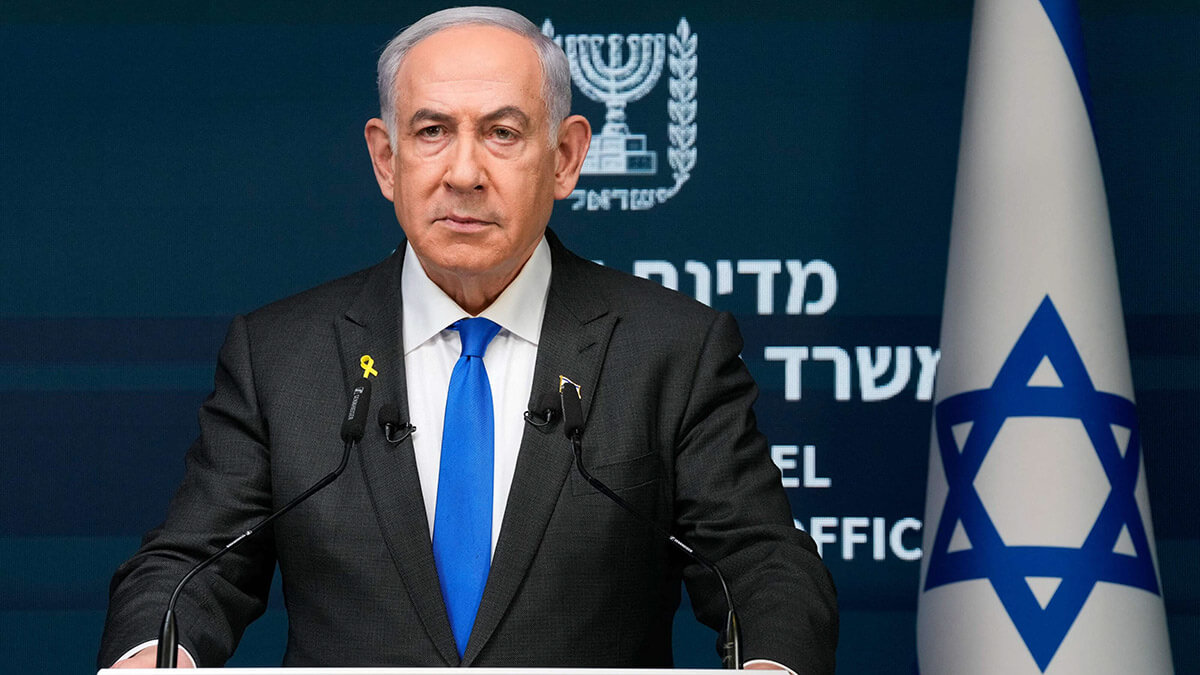
Hamas and its allies still hold 94 people kidnapped in Israel on 7 October 2023. At least 34 of them are dead, according to the Israeli government, although the real number is believed to be higher. In addition, Hamas is holding four other hostages who have been held captive since 2014, at least two of whom are dead.
Of the 94 hostages taken on 7 October, 81 are men and 13 are women. Two are children under the age of five; 84 are Israeli, eight are Thai, one is Nepalese and one is Tanzanian.
Since the beginning of the war, only one truce has been achieved, which lasted one week at the end of November 2023. All negotiations since then have failed, although they have recently intensified with the return of Donald Trump to the US presidency on 20 January, amid growing international pressure on both sides to reach a ceasefire.
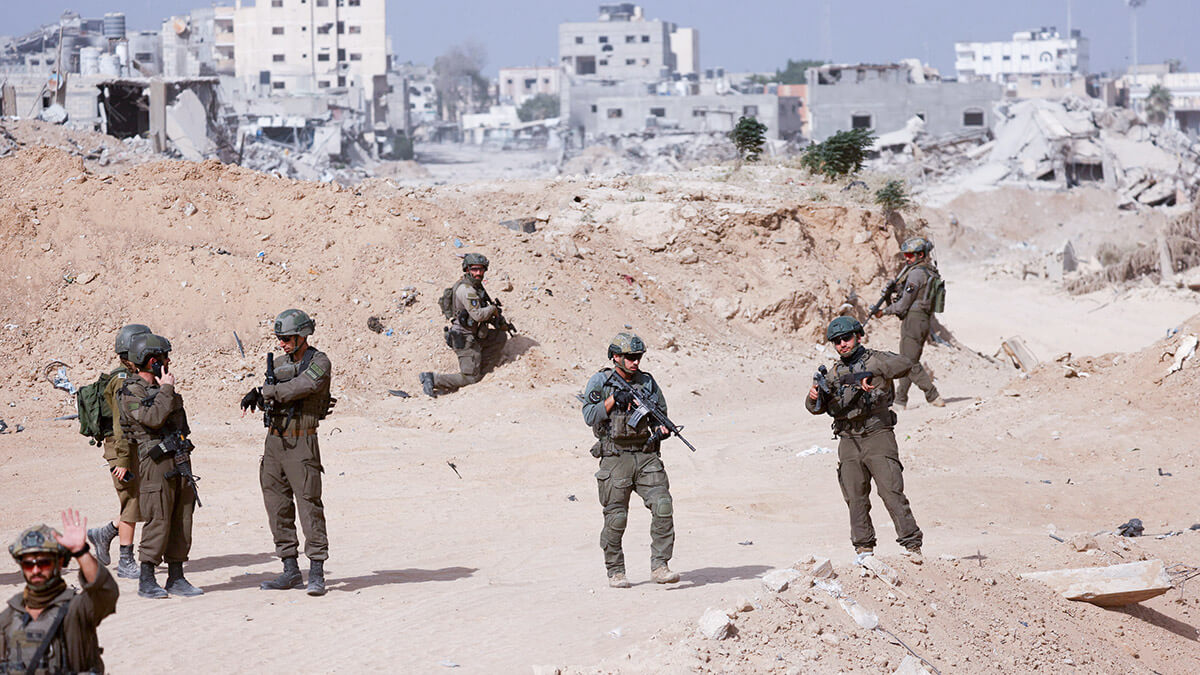
On several occasions, Trump has promised to turn the region into an ‘inferno’ if the hostages were not released before his return to the White House. In this regard, Steve Witkoff, his nominee for Middle East envoy, has travelled to Qatar and Israel, where he has met with senior officials, including the Israeli prime minister. Witkoff has been an important and supportive actor in the ceasefire talks, making it clear to all sides that Trump wants an agreement to be reached immediately.
For more than a year, international efforts have failed to end the war sparked by the Hamas attack that killed 1,200 people in October 2023. Another 250 people were taken hostage in Gaza by terrorist groups in the Palestinian enclave.
In response, Israel launched a military campaign against Hamas that has destroyed much of Gaza. The Health Ministry in the Hamas-controlled Palestinian territory claims that at least 45,000 people have been killed in the war, although it does not distinguish between civilians and combatants.

